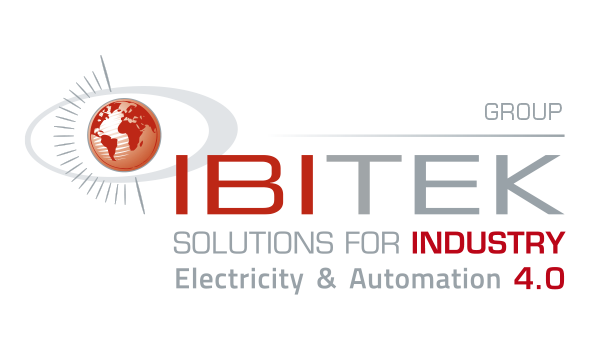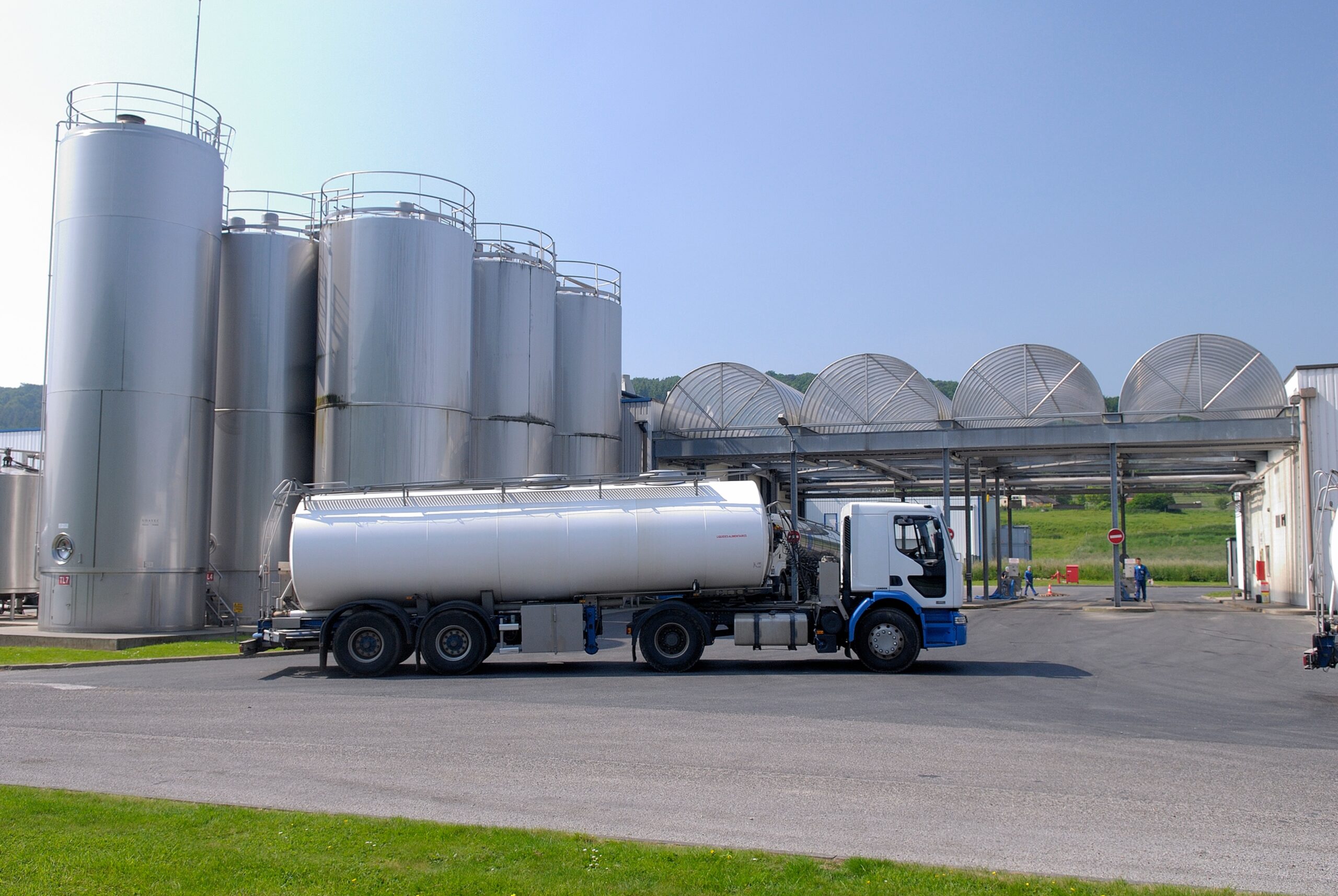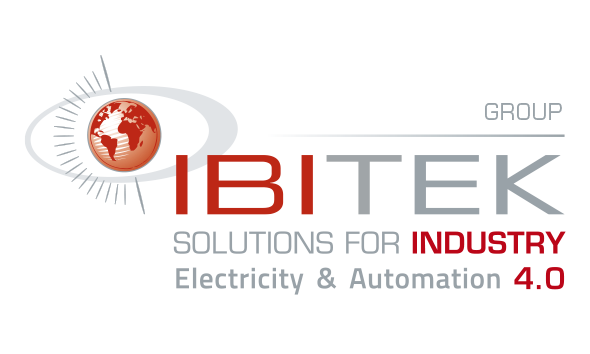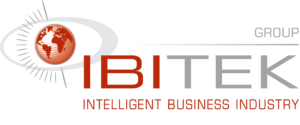Access control refers to the methods and technologies used to regulate who can enter or use resources in a physical or IT environment. Whether it’s a warehouse or a server room, access control is fundamental to the security of companies and computer systems, essential not only for protecting physical assets and sensitive information from unauthorized intrusions but also for ensuring the safety of goods and people.
In this article, we will first explore the history and evolution of access control, highlighting the historical importance of human surveillance and how technologies have reduced risks over time. Finally, we will examine the specific role of Ibitek through its IBITruck solution in enhancing access control.
History and Evolution of Access Control
Historical Importance of Human Surveillance
Access control has always played a crucial role in the protection of goods and people. Traditional human surveillance methods were often the only barriers against unauthorized intrusions.
Although effective in their time, these methods relied heavily on the reliability and integrity of security personnel, exposing systems to human risks such as corruption or error.
Risk Reduction Through Technological Evolution
With the advent of modern technology, access control methods have undergone a radical transformation, greatly improving security and efficiency. The introduction of electronic technology in the 1960s and 1970s marked a turning point with the development of the first electronic locking and surveillance systems.
These technologies allowed for remote and continuous monitoring, reducing reliance on human interventions and increasing the ability to monitor multiple access points simultaneously.
Current Technologies and Their Use
Access Control Devices
In the field of security, access control devices have evolved to incorporate a variety of sophisticated technologies. These devices include badge readers, biometric systems, RFID (Radio Frequency Identification) systems, as well as the use of smartphones and QR codes. Each of these technologies offers specific benefits and meets different security requirements while allowing effective access management.
Badge Readers
Badge readers are one of the most common forms of access control. They operate by reading badges equipped with magnetic codes, chips, or magnetic strips that contain specific user identification information. When a badge is presented to a reader, the data is verified by a centralized system to authorize or deny access. This system is widely used in businesses, schools, and government buildings, providing an effective way to manage access without requiring constant manual intervention.
Biometric Readers
Biometric readers provide an additional layer of security by using unique physical characteristics of individuals, such as fingerprints, facial recognition, or iris analysis. These systems work by comparing scanned biometric data to that stored in a secure database. If the data matches, access is granted. This method is particularly effective in preventing identity fraud and is often used in contexts where security is a top priority, such as in banks, airports, and military facilities.
RFID Systems
RFID systems utilize electronic tags and readers to identify and track objects or individuals. RFID tags can be passive, activated by the reader’s signal, or active, continuously emitting a signal. This technology is ideal for access control in high-traffic areas because it allows for rapid, contactless identification, which is a significant advantage in busy zones or industrial environments.
Smartphones and QR codes
The integration of smartphones and QR codes into access control systems marks a significant advance towards digitization and mobility. Users can generate QR codes on their mobile devices or receive temporary permissions via apps, enabling convenient and secure access. This technology is flexible and can be quickly updated or revoked, which is particularly useful for managing temporary or remote access.
Management and Control
Access management and control have greatly improved due to automation and the use of specialized software. These technologies allow for real-time monitoring of the flow of people, goods, and vehicles, providing tools to continually assess and enhance security protocols. Automation also enables a rapid response in the event of a security incident by activating emergency protocols or restricting access to certain areas based on received alerts. This sophisticated level of control is essential for large organizations where security must be maintained flawlessly while ensuring smooth daily operations.
Contributions of Ibitek in Enhancing Access Control
Ibitek, with its IBITruck software, is at the forefront of innovation in logistics flow management, offering a modular and scalable solution that meets the complex demands of modern logistics. Indeed, IBITruck significantly contributes to improving access control and effectively managing operations at industrial sites.
Specific Solutions by Ibitek
IBITruck is a software solution that leverages advanced Microsoft technologies to automate and optimize the flow of vehicle loading and unloading in industrial zones. This centralized management system processes and records all events and transactions, thereby enhancing the fluidity and security of logistics operations.
Key Features of IBITruck Include:
- RFID/QR/Barcode Identification: This feature allows for the management of access badges and tracking the contents of shipments, facilitating complete traceability of movements on the site.
- OCR Cameras for License Plate Recognition: These cameras are crucial for automating the verification of incoming and outgoing vehicles, enhancing the security and efficiency of entry controls.
- Automation for Managing Barriers, Traffic Lights, and Retractable Obstacles: The integration of these technologies enables precise control of physical access points, minimizing manual interventions and potential errors.
Advanced Technologies
IBITruck relies on a robust technological infrastructure to offer exceptional flexibility and interoperability with other existing systems (ERP, CRM). Key components include:
- IP Camera Network: For real-time monitoring and recording activities on the site, ensuring comprehensive documentation of operations.
- OPC UA Interface: An industrial standard for communication between the IBITruck application and automation systems, ensuring seamless and secure integration.
Performance Monitoring Made Easy
IBITruck’s comprehensive approach to access control is not limited to physical security. It also encompasses data and information management through detailed reports and high-performance analytics:
- Daily Report Generation: Reports include tracking of flows, KPIs, and activity reports, providing managers with the necessary tools for informed decision-making.
- Tracking and Archiving: All collected data is securely stored and can be easily accessed to meet the specific needs of different company departments.











